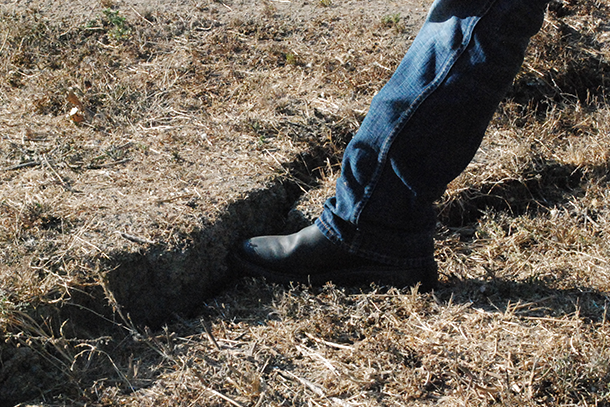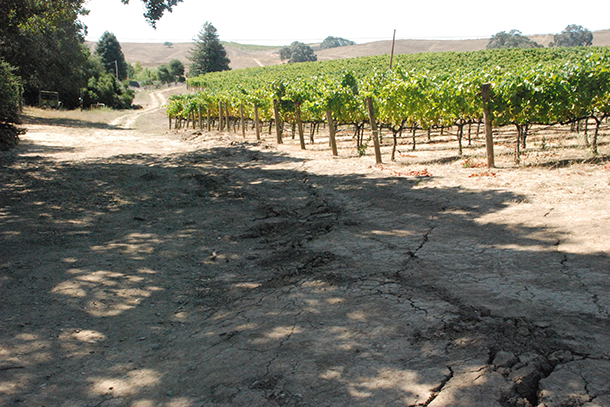The problem
Earthquakes can happen at any time, any place, and can be devastating. With fault lines all over the country, the largest and potentially most dangerous faults in the United States are on the western Pacific coast, the New Madrid Seismic Zone in the Midwest, and portions of the Eastern seaboard. In addition to damage from the earthquake itself, the shaking of the ground can cause fires.
State Farm involvement
State Farm participated in research at the University of California San Diego examining earthquake damage and consequences. State Farm researched base isolation for residential construction, a technique where a building is separate from the foundation so it can move independently during an earthquake. This research also examined the damage, such as cracking, to building finishes, and fires resulting from earthquakes.
The impact
State Farm has a strong voice has in the scientific community because of its earthquake research. State Farm knowledge and advocacy have made a positive impact on seismic-resilience building codes, including earthquake design requirements, across the country. State Farm actively participates in national organizations responsible for updating earthquake design standards as a result of scientific advances.
Earthquake safety tips
Before an earthquake strikes:
- Plan and hold earthquake drills for your family.
- Choose a location where family members will meet if separated during the quake.
- Strap heavy items such as water heaters, appliances, and televisions to wall studs.
- Secure heavy furniture like bookcases, china cabinets, and entertainment centers with flexible fasteners. Make sure they are away from beds, sofas, desks, or other places where people sit or sleep.
- Secure artwork, pictures, mirrors, and ornaments to the wall with appropriate fasteners.
- Know where and how to shut off electricity, gas, and water services to help prevent post-earthquake fires.
- Assemble disaster survival kits to last at least 72 hours for each person in the house.
- Check with local emergency management for additional tips and safety training.
During an earthquake:
- Keep calm. Expect the earthquake to last from a few seconds to a few minutes.
- Drop, Cover, and Hold On. If you are indoors, stay there until the shaking stops. Drop down to the floor and take cover under a sturdy piece of furniture or next to an interior wall. Hold on and keep your position.
- If you are outdoors, move into an open area away from trees, buildings, utility wires, or signs. Stay in the open until the shaking stops.
After an earthquake:
- Check for injuries.
- Don't move injured persons unless they are in immediate danger.
- Turn on your television or radio for emergency information and instructions.
- Check utilities for gas and/or water leaks, or broken electrical connections. Be prepared to turn them off if they are damaged.
- Clean up spilled medications, cleaning products, and/or flammable liquids.
- Check food and water supplies.
- Open cabinets carefully. Shaken items may fall out.

